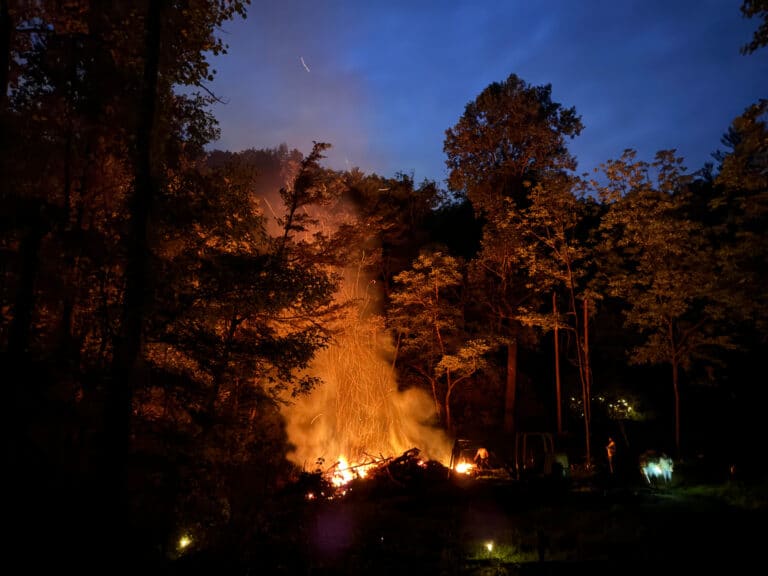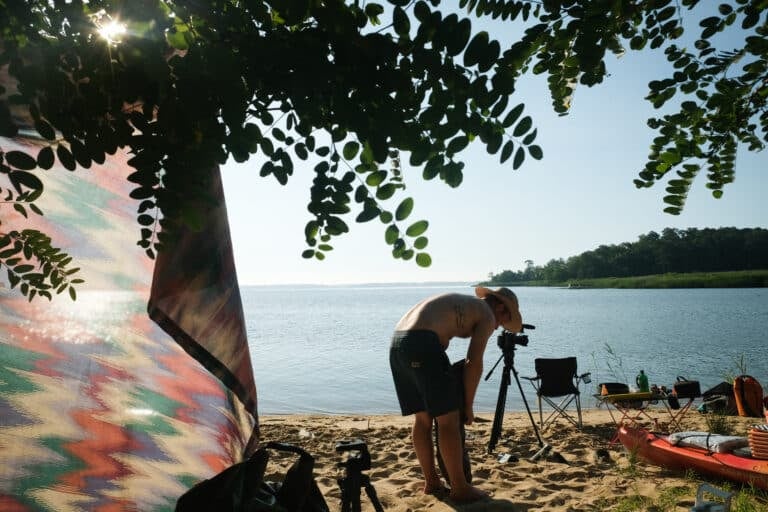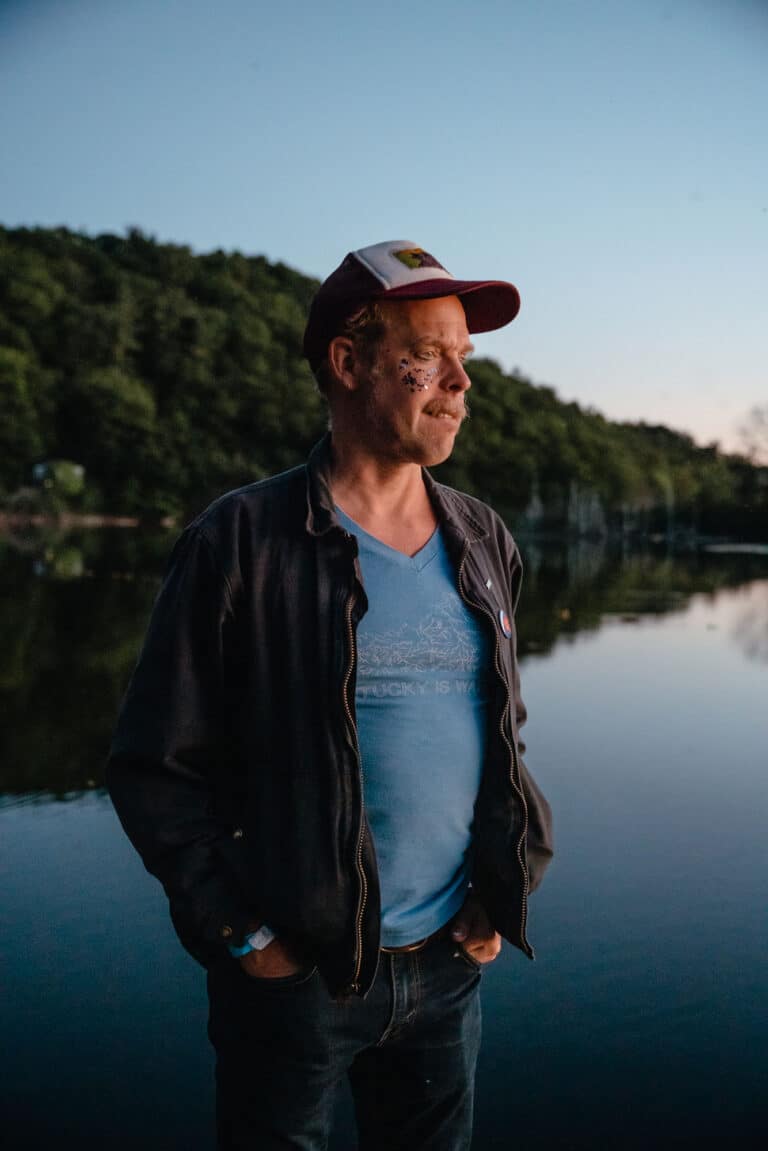Learning how to start a fire can be tricky. Novices often run through a whole pack of matches and wonder why the logs won’t catch. But the reality is that dialing in ignition is just a small piece of the equation. Taking steps like choosing the right tinder can make a big difference, but avid campers and backpackers also employ additional ticks to make sure blazes get going. Here are a handful of hiker fire-starting hacks.

Corn Chips
Hikers piling on the trail miles often get hungry, but saving a bit of one salty snack can help ensure warmth before tent time. Corn chips are notoriously oily, and oil is flammable, which means that it doesn’t take much to ignite this crunchy treat. However, most hikers find that seasoned corn chips are less likely to ignite since the seasoning is a natural retardant. So pick the original flavor to make sure your chips go up in flames.
Laundry Lint
While the laundry lint trap is designed to keep homes safe from fire ignitions, bringing a little lint to a campsite can be useful as an easy fire starter. The texture and loose pieces of fabric make it one of the best fire-starting options. Just collect balls of the material and keep it dry until it’s time to use it.
Petroleum Jelly-Dipped Cotton Balls
Admittedly, petroleum jelly-dipped cotton balls make for a much messier fire starter than a number of other materials. Yet barring extreme circumstances, most households contain both petroleum jelly and cotton balls at the ready. The petroleum jelly makes a great ignition source, while the cotton prolongs the burn period. Adventurers can simply cover the cotton balls with petroleum jelly and store them for use.
Wax Over Cotton or Other Materials
Similar to petroleum jelly, survivalists can cover cotton balls or dryer lint with wax. Campers who choose this option usually cover the cotton balls by placing them in egg cartons before pouring the melted wax on top of them. Ensure the cotton balls are entirely covered by poking the balls or moving them around with something like a fork. Eventually, they’ll solidify to make a slightly less messy fire starter. Then they can be stored in a small ziplock bag or remain in the egg carton itself.
Keep It Burning
Once that initial flame is lit, it’s time to make the fire grow. A couple keys things can help make a comfy campfire last.
Ensure Your Materials are Dry: Start by collecting small twigs and sticks and increase their size as the fire gets bigger. And always look for materials that are dry. This can be challenging in extra wet climates, but even during soggy nights in the South the twigs and sticks beneath trees and in heavy brush tend to stay drier than expected. One way to determine whether the sticks are dry is to clink them together. If they feel heavy and make a thud, they are probably wet. If they sound light and hollow, they are probably dry enough.
Optimize Airflow: It can be tempting to throw all the fire building materials in a pile and strike a match, but fires need oxygen to burn. Without enough airflow, a pile of brush may not stay lit. A good way to make sure that the interior materials are surrounded by oxygen is to either build your materials in a tipi or log cabin-shaped style. The tipi is usually seen as the most accessible method and involves placing twigs and sticks vertically before igniting the fire starter on the inside of the tipi. Log cabins have a cabin-like structure and involve placing twigs and sticks around the fire starter, but it can be more challenging to optimize airflow if new to the method.
Cover photo: Photo courtesy of Getty Images








